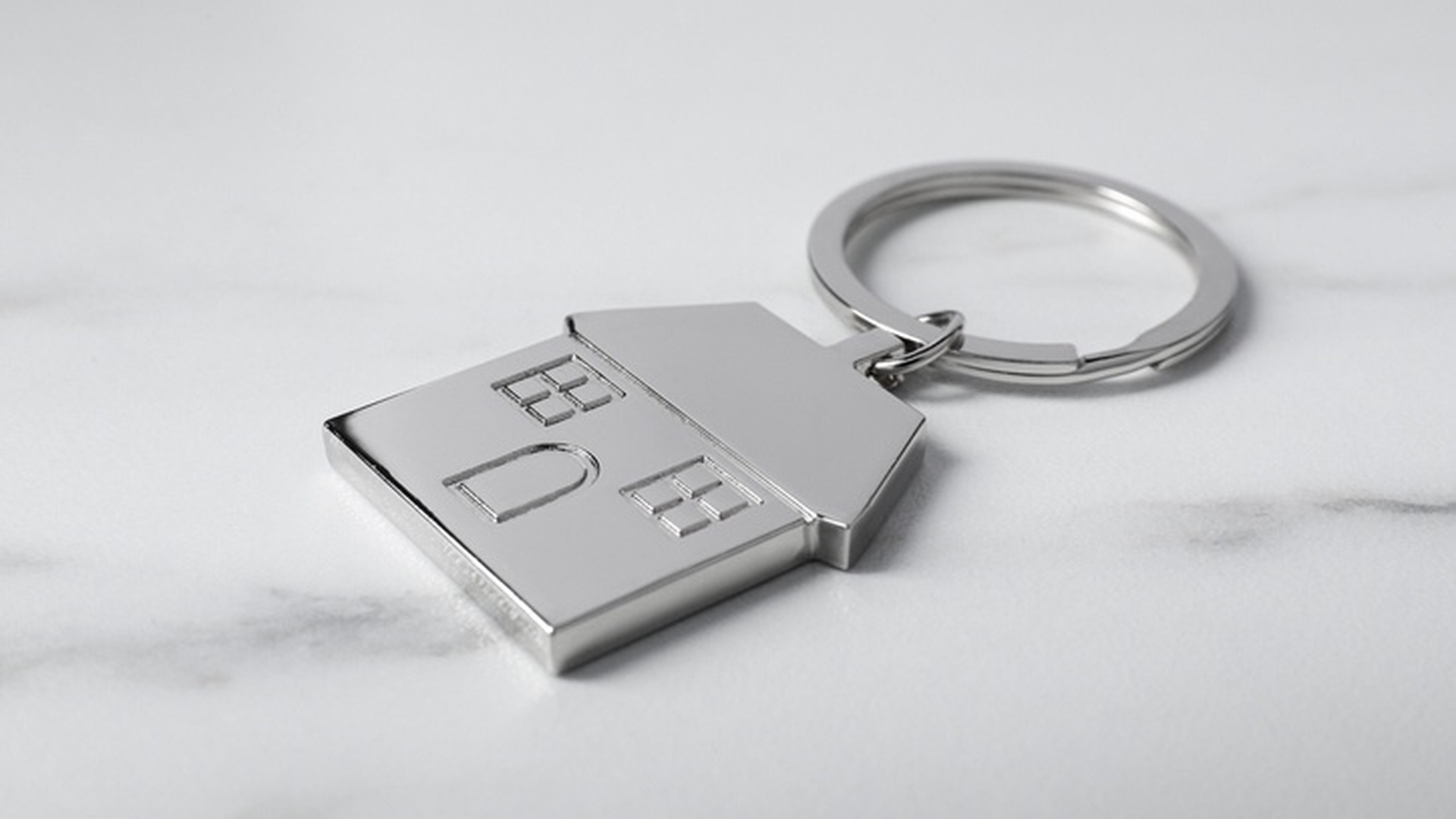

As silver continues its shimmering ascent in 2025, breaking records and defying typical trends, analysts caution that its bullish trajectory may not endure without confirmation from gold. While silver has emerged as the best-performing precious metal of the week up 4.85% its future may hinge on whether gold can sustain momentum beyond current resistance levels. A complex interplay of macroeconomic developments, investor sentiment, and structural imbalances in the precious metals market is shaping what could be either a continuation or a correction in silver.
The rise in silver prices this year has been remarkable, culminating in a new all-time high of $54.48 per troy ounce in October. Even after some profit-taking, silver continues to trade robustly near $50.90, significantly outperforming gold, which has risen roughly 52% this year, and the S&P 500 index, up around 14%.
However, this ascent is increasingly seen as precarious. Bloomberg analysts have remarked that silver's tendency to outpace gold while the latter consolidates is historically rare, warning that without gold moving definitively higher, silver might not sustain its gains. The gold-to-silver ratio, once over 107 in April, now sits near 59 its lowest reading in over a year indicating that silver is becoming relatively costly compared to gold. This compression has led some investors to suspect silver is overbought and vulnerable to correction.
Gold (XAUUSD), which hit resistance near $4,250 per ounce, is undergoing a cooling-off phase, slipping to a support zone around $4,030. This drop reflects diminished safe-haven demand following the end of the 43-day U.S. government shutdown and growing doubts about a near-term Federal Reserve rate cut. The futures market now places only a 45% chance of a December cut, down from the prior week's 63%.
Short-term technicals indicate gold remains within an ascending wedge pattern, but bears are gaining ground. A breakout above the $4,250 resistance is likely needed to reinvigorate bullish sentiment, whereas a descent below $3,900 could open the door to a deeper selloff. Until gold re-establishes upward momentum, silver’s rally may lose steam.
Despite an anticipated decline in global physical demand projected to fall 4% to 1.12 billion ounces, with industrial use down 2% silver is still caught in a persistent supply deficit. Metals Focus estimates a 2025 shortfall of 95 million ounces, marking the fifth consecutive annual deficit. Contributing factors include limited growth in mine output and a structurally constrained recycling pipeline.
In contrast to weakening physical demand across jewelry, silverware, and investment segments, investor positioning in silver-backed ETFs is expanding. Holdings have increased by roughly 18%, or 187 million ounces, with institutional investors increasingly viewing silver as a standalone asset, less dependent on gold for direction.
Stifel remains optimistic about certain silver producers, such as Silver Tiger Metals, which recently received all necessary permits for its El Tigre Stockwork project. The low-capital, fast-payback project could unlock additional regional value and act as a re-rating catalyst for its shares.
A looming shift in Federal Reserve policy could determine the next phase for both gold and silver. Weak job growth, declining consumer sentiment, and easing inflation October’s CPI reading came in at 2.9% have revived expectations of a rate cut in December. Governor Stephen Miran’s call for a 50-basis-point cut suggests growing internal support for easing monetary conditions.
This dovish tilt has weakened the U.S. Dollar Index, now consolidating between 96.5 and 100.5. A softer dollar boosts silver’s global competitiveness by making it cheaper for foreign buyers the DXY’s drop from 105 to 101 over the past few months has provided a significant tailwind.
Yet, the recent reopening of the U.S. government and return of delayed economic data may prompt a reassessment of the macro outlook. A resurgence in economic activity or more hawkish rhetoric from Fed officials could dampen chances of further precious metal gains in the short term.
Technically, silver maintains a bullish structure despite the recent retreat from record highs. Spot silver’s daily chart reflects resilience above the key $49.30 support level its neckline in an inverted head-and-shoulders pattern. As long as prices remain above this threshold, a consolidation under $54.40 could serve as a launchpad for the next upward leg.
Meanwhile, the physical market offers mixed signals. The surge of over 50 million ounces added to London vaults its largest monthly gain in nine years relieved a supply squeeze but might cap extreme upside in the near term. Notably, silver prices ballooned in part due to tight availability, compounded by delays in delivery from CME warehouses caused by global trade issues.
Despite fundamental headwinds, silver continues to outshine due to macroeconomic uncertainties, strategic metal reclassifications, and a persistent supply insufficiency. Central bank gold purchases, budget surpluses in emerging markets, and continued investments in AI and electric vehicles provide structural underpinnings for both gold and silver demand over the longer term.
Market participants remain divided. For the bulls, the case rests on dovish Fed action and continued weakness in the dollar. For the bears, current prices seem extended in light of gold’s hesitation and receding geopolitical fears after the shutdown resolution.
Derivatives traders face a crucial inflection point. With silver trading near all-time highs, buying call options on silver ETFs or futures offers upside exposure with limited risk. However, conservative investors may hedge their positions with put spreads or consider rotating into gold should silver start fading below the key $49.30 level.In essence, silver’s extraordinary rally makes a compelling case for future upside but only if gold resumes the lead. Without cooperation from its golden counterpart, silver may find its glitter beginning to dull.